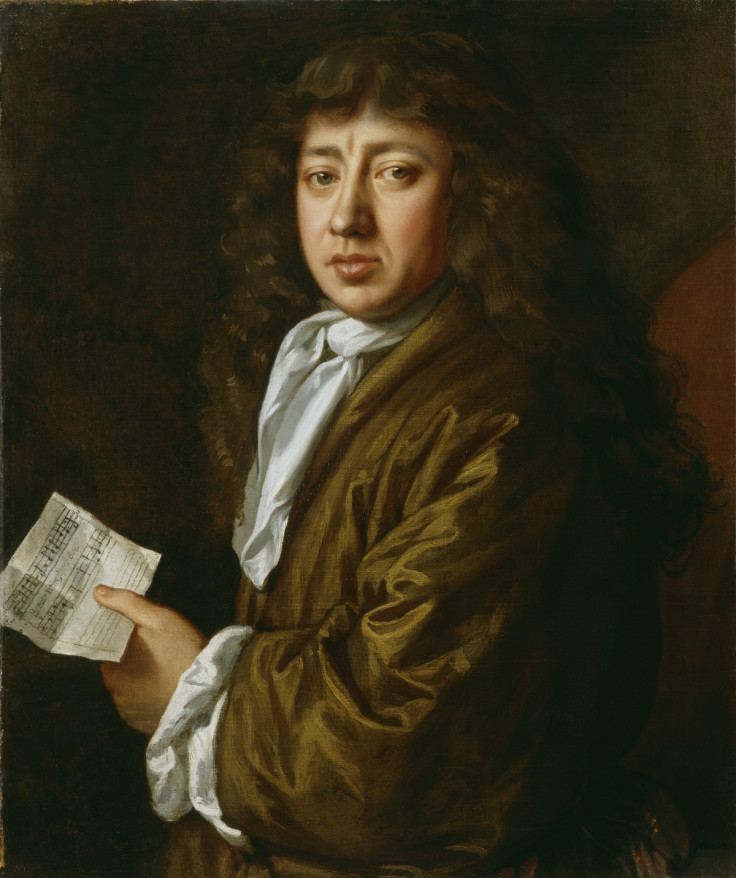Revolution 17th-century style: How a fear of Catholics led to the last successful invasion of England

A new exhibition – Samuel Pepys: Plague, Fire, Revolution – covers one of the most tumultuous times in British history including the execution of a king, religious persecution and the invasion of England.
The era is brought to life by Samuel Pepys, eyewitness to these extraordinary times. The National Maritime Museum has put together the largest-ever exhibition about the famous diarist, with 200 objects from around the world.
According to curator Robert Blyth: "This is an extremely important period in shaping modern-day Britain. They are times of extraordinary turmoil, which we really couldn't imagine today. The execution of a monarch, republican rule, a successful invasion and a new form of monarchy all happening within the space of around 50 years."
The Glorious Revolution
A highlight of the exhibition is the section dealing with the last successful invasion of England, the so-called 'Glorious Revolution' of 1688. The term was first used by John Hampden in 1689, and the expression is still used by British Parliament.
"It was seen by some as the Dutch salvation, rescuing England from a Catholic monarch," Blyth says. "If you are a British Protestant, it would essentially be seen as a good thing. For most people, the invasion secured a Protestant succession. If you were a Catholic, then you might regard the invasion as a disaster."
William of Orange's successful invasion of England with a Dutch fleet and army led to him taking the English throne as William III of England, jointly with his wife Mary II of England. William crossed the North Sea and English Channel with a large invasion fleet in November 1688, landing at Torbay. After only two minor clashes between the two opposing armies in England, and anti-Catholic riots in several towns, James II's regime collapsed.

The Glorious Revolution is also called the Bloodless Revolution, which is a misnomer as although bloodshed in England was limited, the revolution was only secured in Ireland and Scotland by force and with much loss of life. The English Civil War (also known as the Great Rebellion) was still within living memory for most of the major English participants in the events of 1688, and for them, in comparison to that war (or even the Monmouth Rebellion of 1685) the deaths in the conflict of 1688 were relatively few.
"It's impossible to disentangle religion and politics during this period, so it's an elite coup rather than a popular uprising," Blyth suggests. "What you have is an elite number of politicians who invited William to invade."
Religious persecution
James II's most powerful subjects rose up in revolt against him because of a deep-seated fear of 'popery' in Stuart England. 'Popery' meant more than just a fear or hatred of Catholics and the Catholic church. It reflected a widely held belief in conspiracy theories, that Catholics were actively plotting the overthrow of church and state.
"For Protestants the Catholic religion was intensely unpopular. It's not simply the religion itself but is also very much identified with authoritarian despotism of Louis XIV."
In their place would be established a Catholic tyranny, with England falling under the control of an all-powerful Catholic monarch – Louis XIV of France. This conspiracy theory was given credibility by the existence of some genuine Catholic schemes such the Gunpowder Plot of 1605. For British Catholics its effects were unfavourable both socially and politically, with many going into exile in France. Catholics were denied the right to vote and sit in the Westminster Parliament for over a century; they were also denied commissions in the army, and the monarch was forbidden to be Catholic or to marry a Catholic. This prohibition remained in force until the UK's Succession to the Crown Act 2013.
Consequences
"You're dealing with a period where anxiety and fear are everyday life. Think of the events that strike London across three years in the middle of the 1660s," Blyth explains. "The plague in 1665, the Great Fire in 1666 and a major defeat to the Dutch in 1667."
The effects of the revolution were manifold. Parliament gained powers over taxation, the royal succession, over appointments and the right of the crown to wage war independently. Another effect of the wars was to change the British state. The huge cost also led to the birth of modern financial institutions – such as the Bank of England, founded in 1694. Says Blyth: "At the time, the Dutch are the most successful financial nation in Europe. Quite a lot of that rubs off on the City of London."
Samuel Pepys: Plague, Fire, Revolution is at the National Maritime Museum: 20 November 2015 – 28 March 2015
© Copyright IBTimes 2024. All rights reserved.






